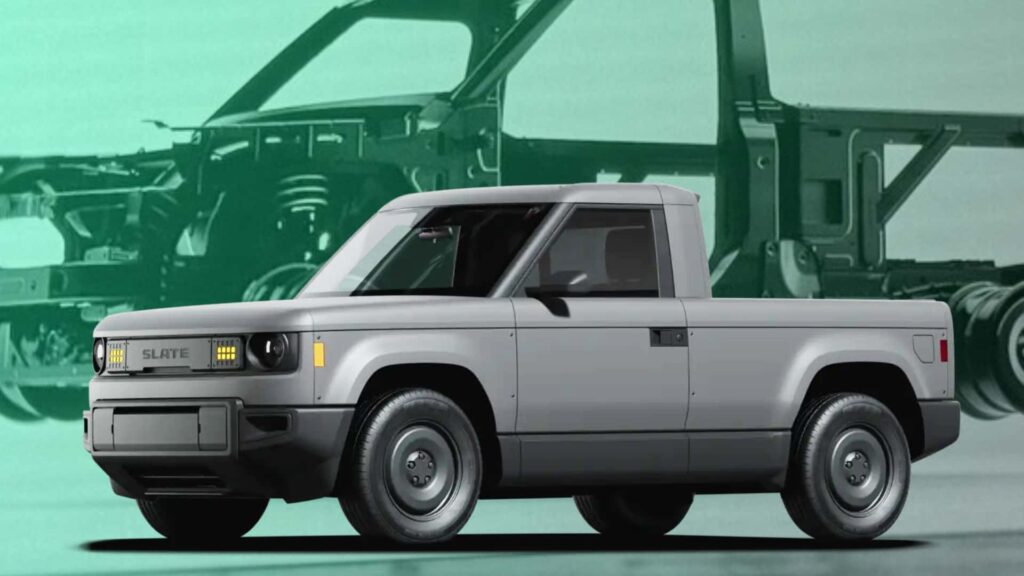Slate, however, is bucking the trend and opting not to use gigacasting for its upcoming $20,000 truck. The decision may seem counterintuitive, especially given the potential cost savings and reduction in complexity that gigacasting offers. But Slate is confident in its alternative approach.
The startup, backed by Jeff Bezos, is making a name for itself in the EV market by offering an affordable electric truck with minimal features. While most automakers focus on luxury EVs, Slate is targeting budget-conscious consumers who want an electric vehicle without breaking the bank.
Gigacasting, pioneered by Tesla, involves using a High-Pressure Die Casting (HPDC) machine to create complex metal parts from molten metal. This eliminates the need for multiple stamped parts to be fastened together, reducing production time and costs.
Despite the benefits of gigacasting, Slate believes that it can achieve cost savings elsewhere in its manufacturing process. The startup is confident that its approach will allow it to keep the price of its truck low while still delivering a quality product to consumers.
By forgoing gigacasting, Slate is taking a unique approach to EV manufacturing that sets it apart from other automakers. While the decision may seem unconventional, the startup is confident that its strategy will pay off in the long run. As Slate continues to make waves in the EV market, it will be interesting to see how its approach to manufacturing shapes the future of electric vehicles. Tesla’s use of gigacasting has revolutionized the manufacturing process for electric vehicles, particularly the Model 3. By employing gigacasting, Tesla was able to eliminate a staggering 370 parts from the Model 3, reducing weight by 10% and improving overall efficiency.
One of the key benefits of gigacasting is the significant reduction in the cost per minute of manufacturing. This metric measures the time it takes to change the form, fit, or function of a vehicle, and reducing this time can have a substantial impact on production costs. By optimizing equipment, factory space, and waste recycling, gigacasting has streamlined the manufacturing process for Tesla.
However, the use of gigacasting does come with its drawbacks, particularly in terms of cost. Gigacasting is an expensive technology, with machines and tooling costing upwards of $7.5 million each. The engineering and metallurgy required for gigacasting also contribute to the high cost, making it a significant investment for automakers.
Despite the cost implications, Tesla has found value in gigacasting due to its ability to simplify the manufacturing process. By reducing the number of unique end-items required for vehicle assembly, Tesla has been able to lower the cost per minute and justify the added complexity of gigacasting.
While gigacasting may not be the flashiest technology on the market, Tesla’s focus remains on delivering affordable and efficient electric vehicles to consumers. The minimalist approach taken by Tesla may not appeal to all, but it is designed to cater to those who prioritize functionality and affordability over flashy features.
In conclusion, Tesla’s use of gigacasting in the Model 3 has proven to be a game-changer in the electric vehicle industry. By streamlining the manufacturing process and reducing costs, Tesla has set a new standard for efficiency and innovation in electric vehicle production.

